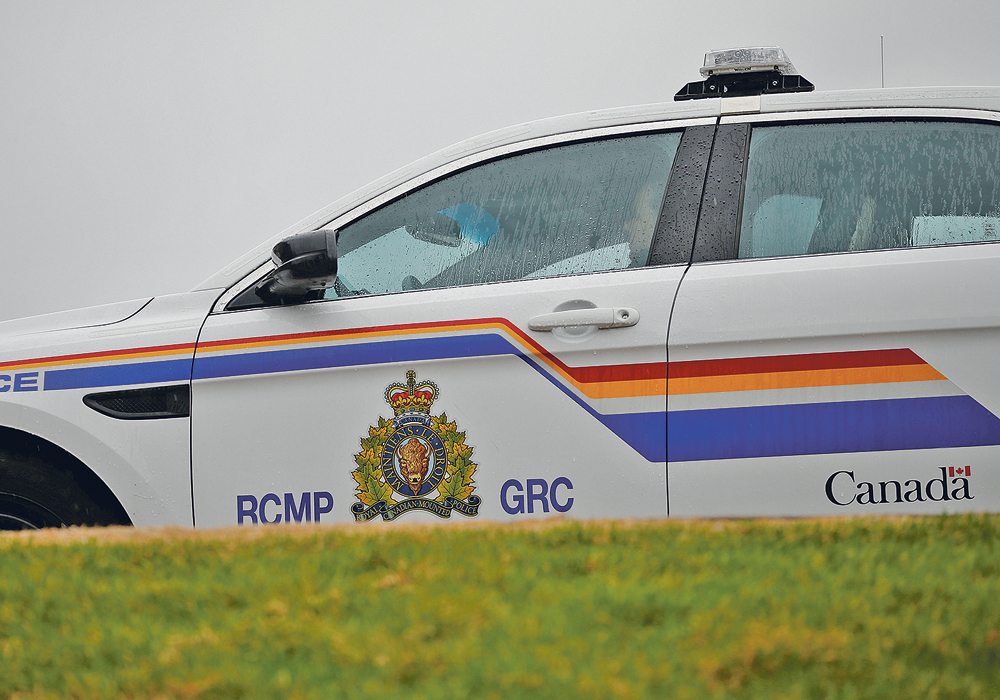About 65 percent of rural Manitobans are unhappy with their cell phone service, says a new survey.
The finding isn’t a shock because many rural regions have dead zones where cell service is spotty or non-existent. Even along the Trans-Canada Highway between Portage la Prairie and Brandon, there are sections of highway where the number of cell phone bars is zero.
Read Also

Environmental farm group has Ottawa’s attention
In 2021, Farmers for Climate Solutions published a report on how Canada should reduce emissions from agriculture. Not long after, the federal government implemented most of the recommendations in the report.
More than 1,500 responded and the results were not positive:
- 62.9 percent said they were very dissatisfied or somewhat dissatisfied with internet service.
- 64.6 percent said they were very dissatisfied or somewhat dissatisfied with cell service.
- 66.5 percent experience disruptions with cell phone service at least once per day.
Many people were concerned about their family’s safety. In the event of a medical emergency or crime, calling for help might be impossible.
“For this reason, many respondents indicated that they either felt obligated to keep a home landline or re-install a landline for the sole purpose of emergencies,” KAP said in a summary of the survey.
As well, farmers and rural Manitobans worry about the impact on their business. Without reliable internet service farmers lose out on a multitude of online services, including auctions, online banking, webinars on agronomy and retrieving field data.
“Farm operations require strong internet and cell coverage to conduct business and ensure that food continues to make its way to market,” said Jill Verwey, KAP vice-president. “Present service levels are unacceptable with daily disruptions…. The best time to fix these gaps was five years ago; the second-best time is now.”
The federal government is working on service gaps in rural Canada. It has a program called High Speed Access for All: Canada’s Connectivity Strategy.
“In Budget 2019, we made a bold commitment to connect all Canadians to reliable high-speed Internet,” says Bernadette Jordan, minister of rural economic development, on a government website. “This commitment came with an additional $1.7 billion in new funding that will build upon our action to date…. Broadband projects are also eligible through a suite of programs, including the $2 billion Rural and Northern Stream of the Investing in Canada Infrastructure Program, and the CRTC’s $750 million Broadband Fund.”
The federal government defines high speed access as broadband speeds of at least 50 Mbps download,10 Mbps upload and access to unlimited data.
Only 40.8 percent of rural communities meet those standards, compared to 85.7 percent for all of Canada.
















